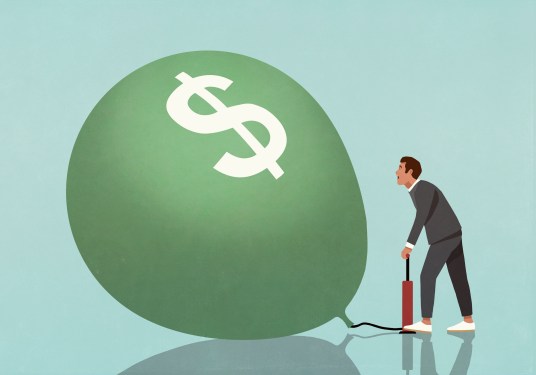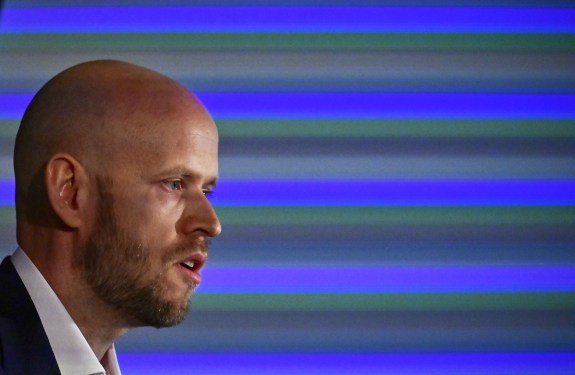Venture capitalists (VCs) are increasingly turning to the secondary market to invest in late-stage startups, particularly those in the Artificial Intelligence (AI) space. However, a growing trend is emerging where VCs are buying shares of these hot startups not directly but through financial instruments called Special Purpose Vehicles (SPVs).
What’s an SPV?
An SPV is a type of investment vehicle that allows investors to pool their funds and invest in assets, such as shares of a company. In this context, VCs are setting up SPVs to sell shares of hot AI startups to other VCs or high-net-worth individuals.
How does it work?
The secondary market is where existing shareholders, like startup employees or VCs who bought shares directly from the startup in a fundraising round, can sell some of their shares to others. However, private companies like startups often have restrictions on who can own their shares, locking out many VCs.
To bypass these restrictions, VCs are setting up SPVs and selling access to their shares to other VCs or investors of their choosing. This way, the buyer is not directly buying the startup’s actual stock but rather a share in the SPV vehicle that controls a certain number of the startup’s shares.
Risks and Drawbacks
While buying into an SPV might seem like a lucrative opportunity to profit from hot AI startups, there are significant risks involved. As Javier Avalos, co-founder and CEO of secondary deal tracking platform Caplight, pointed out:
Buying units of the SPV means [VCs] won’t own shares in the actual company; they’ll technically be an investor in another investor’s fund.
This distinction is crucial because SPV owners have limited insight into the financial health of the company. They don’t have direct voting rights over the shares, and the startup didn’t agree to deal terms with them individually.
Moreover, as Brian Borton, a partner at secondaries specialist firm StepStone, noted:
The whole point of buying shares on a secondary market is to buy them at a discount to their current valuation.
However, VCs are willing to pay 30% higher prices for shares in SPVs, which may not necessarily be the best investment strategy. Considering AI startups have seen lofty valuations despite nascent use cases and revenue, this risk is significant.
A Sign of an Emerging Bubble?
The trend of buying high-priced shares in SPVs might indicate that investors are taking on too much risk. Avalos warned:
That kind of buying frenzy is a way for investors lucky enough to own actual shares to make a fast profit… But considering AI is seeing lofty valuations despite nascent use cases and revenue, that’s a pretty big risk.
If these companies don’t perform as expected, the SPV backers will be left with significant losses. This could be another sign of an emerging bubble in the AI startup space.
Conclusion
The trend of VCs buying shares of hot AI startups through SPVs might seem attractive at first glance. However, it’s essential to consider the risks involved. While smaller VC firms can potentially reap future rewards by investing in these companies, the risk of significant losses is substantial.
As the market continues to grow and valuations rise, investors must remain vigilant and carefully evaluate their investment strategies. The emergence of SPVs as a popular way for VCs to invest in AI startups might be another sign that a bubble is brewing.






